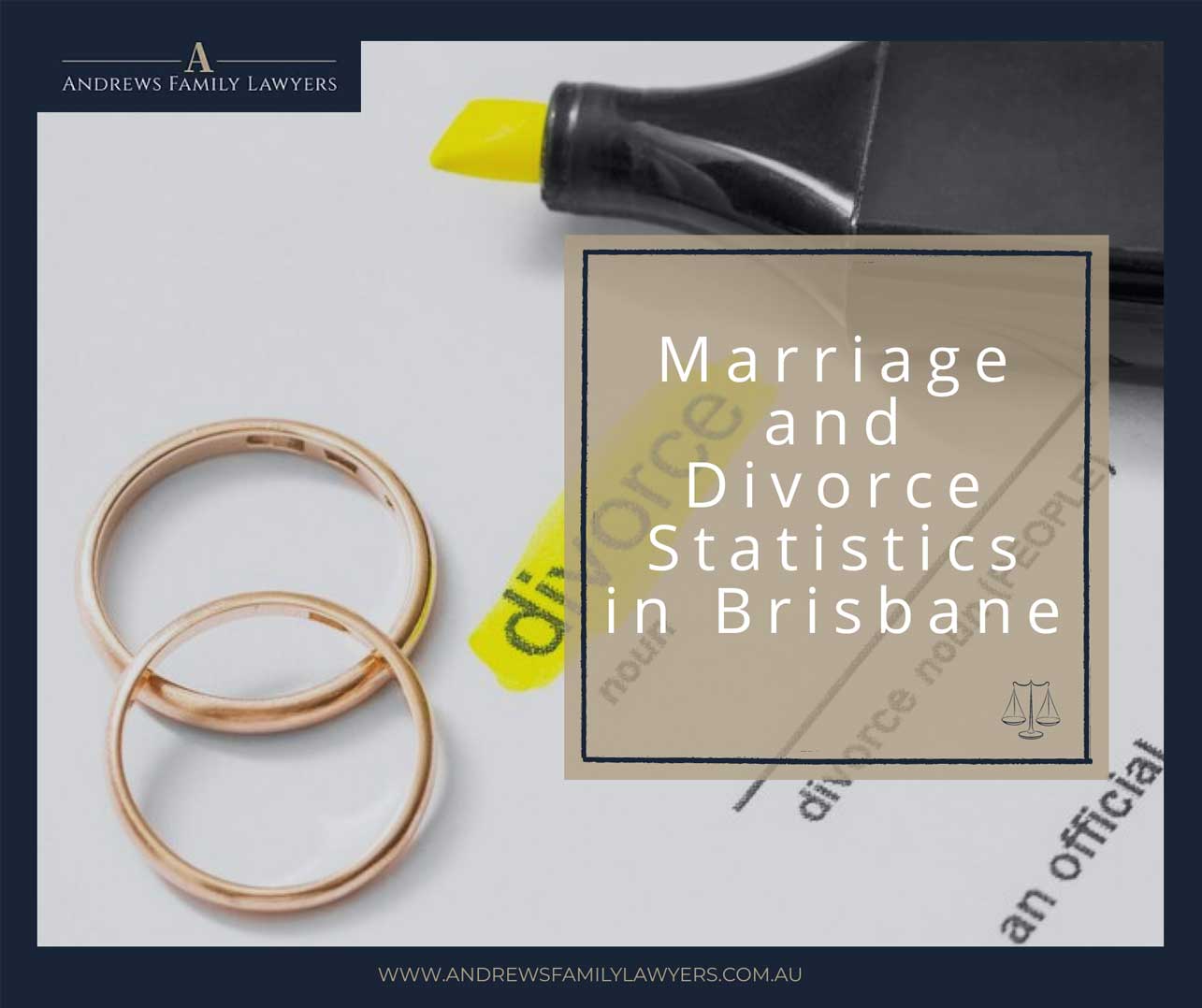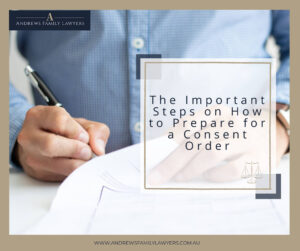Marriage and divorce rates are affected by many factors and can also indicate social trends. For these reasons, it’s crucial to keep updated about the latest marriage and divorce trends to understand family law. These trends have implications for property and parenting matters that are relevant for sociological and policy reasons.
This article will look at the latest marriage and divorce statistics and what they tell us.
Brisbane Marriage and Divorce Rates
This data was sourced from the Australian Bureau of Statistics and released in December 2023. Queensland’s population is about 5.2 million. Looking at the state’s population density, about three-quarters live in South-East Queensland.
Note: The main population centre in South-East Queensland is Brisbane. Therefore, state-wide marriage and divorce trends can be taken to reflect the trends in Brisbane specifically.
Marriage statistics
The latest ABS data recorded 25,014 marriages occurring in Queensland. This was an increase of 3,387 (15.7%) over the previous year. This is a minor increase when compared to the rest of the country. There were 127,161 marriages Australia-wide. This was an increase of 42.6% over the previous year.
The median age at marriage has increased slightly to 32.5 years for men and 30.9 years for women.

Crude marriage rate
The crude marriage rate is a significant figure when reporting marriage rates. It is the number of marriages registered per 1,000 people as of the end of June of the reporting year. The crude marriage rate in Queensland was 5.9 marriages per 1000 people. This represents a decrease of 1.4 from a decade ago. The crude marriage rate was 6.1 across Australia.
Divorce statistics
The ABS reported that 11,410 divorces were granted in Queensland, a decrease of 2,065 over the prior year. This is a 15.3% reduction in the divorce rate. The divorce rate across Australia over the same period was 49,241, which is 12.5% lower than last year.
The median age at divorce was 46.7 for men and 43.7 for women, a slight increase over previous years.
Crude divorce rate
The crude divorce rate uses the same formula as the crude marriage rate. In Queensland, the crude divorce rate reduced by 0.5 to 2.7 divorces per 1000 people year over year. The crude divorce rate nationally stands at 2.4 per 1000 people.
Same sex marriage and divorce rates
The Family Law Act has recognised same sex couples since 2017., which means that same-sex marriages and divorces have only been included in ABS data since 2018. Given that the average marriage length in Australia is 8.9 years, it’s difficult to draw statistically significant conclusions. However, the available data shows that male and female same sex divorces occur at roughly the same rate.
However, female same-sex couples marry at a slightly higher rate than male same-sex couples.
Divorce Capital of Australia
In recent years, Queensland has become the divorce capital of Australia. The state’s crude divorce rate has been consistently higher than that of other states and territories. Experts have identified many reasons for this.
The 2020-21 COVID-19 pandemic significantly impacted marriage and divorce rates. Family mediator Stacey Turner believes the pandemic gave married couples a new life perspective. They wanted to move on quickly after the pandemic began as it showed life’s fragility.
Mediation pre-pandemic took around four to six weeks. During the pandemic, however, couples worked together much more collaboratively.
Ms. Turner also recognised that the pandemic profoundly affected people’s mental health and financial stability.
Mental health impacts
While Queensland wasn’t subject to lockdown measures as severe as other states, the Brisbane population was affected greatly. This directly contributes to divorce rates.
Increased Anxiety and Stress
Many individuals in Brisbane experienced heightened levels of anxiety and stress due to the uncertainties and fears associated with the pandemic. Health concerns, the well-being of loved ones, job security, and the economic fallout contributed to this increased anxiety.
Depression
The isolation measures, including lockdowns and social distancing, along with the economic and social disruptions, led to increased rates of depression among the population. The lack of social interaction and changes in daily routines affected people’s mental well-being.
Domestic Violence
There were concerns about an increase in domestic violence incidents during the lockdown periods, as families spent more time in close quarters, often under increased stress and financial pressure.

Financial pressures
Various financial impacts caused by the pandemic affected divorce rates.
Unemployment and Job Losses
The pandemic led to significant job losses and increased unemployment rates in Queensland. Sectors like hospitality, retail, and tourism were particularly hard hit. This contributes to anxiety and stress that exacerbate marriage concerns.
Lockdowns and Proximity
Extended periods of lockdown and working from home increased the time couples spent together, intensifying existing relationship issues in some cases.

Interstate migration
Ms Turner also notes that Queensland experienced higher migration than other states. People moved to the Sunshine State for the weather and outdoor lifestyle. Some couples hoped that a new location would help with marital issues. However, Ms Turner feels they may have underestimated other problems. Moving interstate separated people from their extended family and friend groups.
Legislative impact
The Family Court will only accept a divorce application once a couple completes a 12-month separation. Professor Janeen Baxter from the University of Queensland believes the true extent of pandemic-related divorces will not materialise for several years.
Conclusion
Marriage and divorce trends can inform us about broader social trends. Queensland’s reputation as the divorce capital of Australia is the result of many factors. The COVID-19 pandemic and Queensland’s popularity for interstate migration significantly affected divorce rates. The pandemic impacted people in many ways, including their mental health and financial situation. However, divorce rates are decreasing gradually.
If you have questions about divorce, our team can help.




